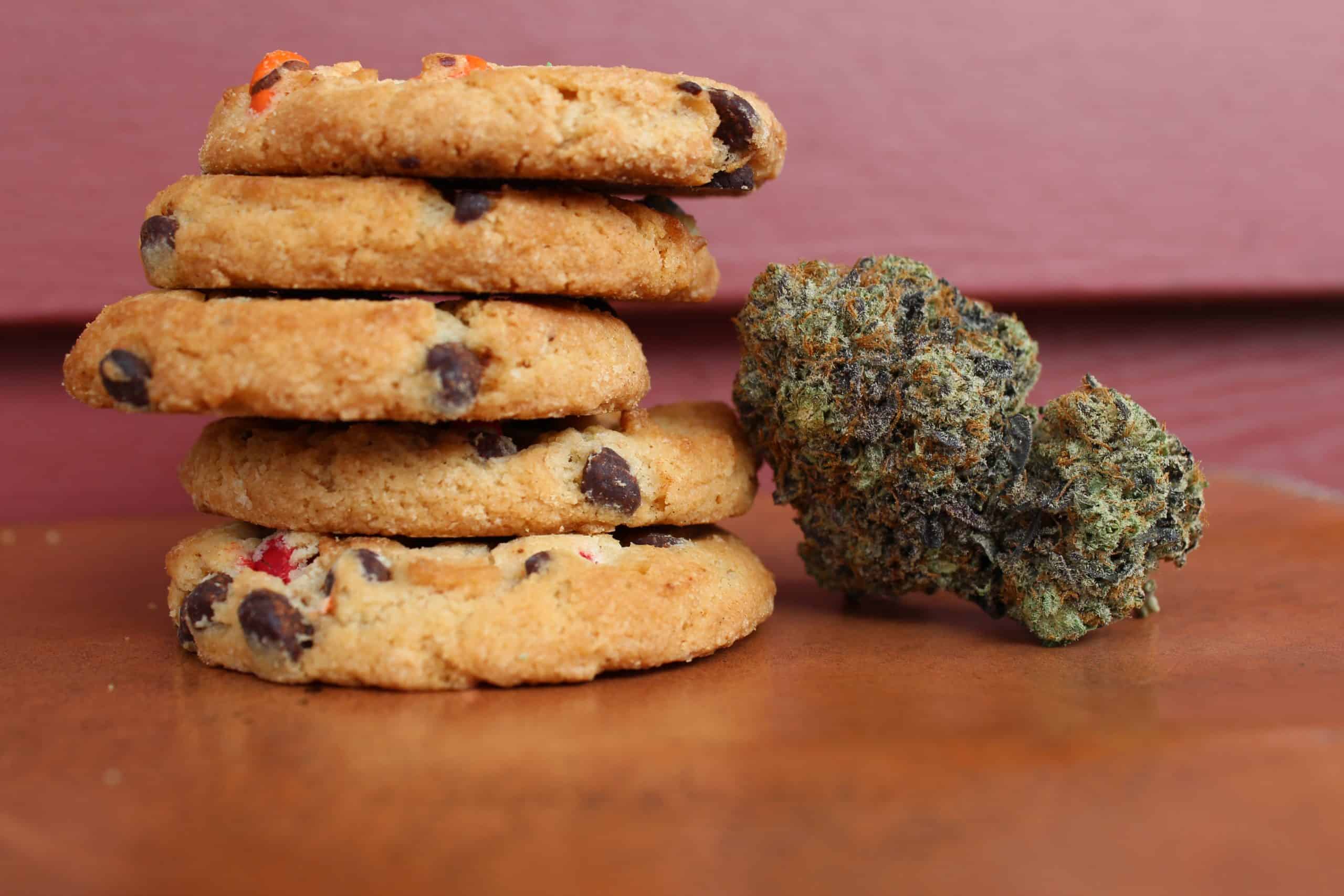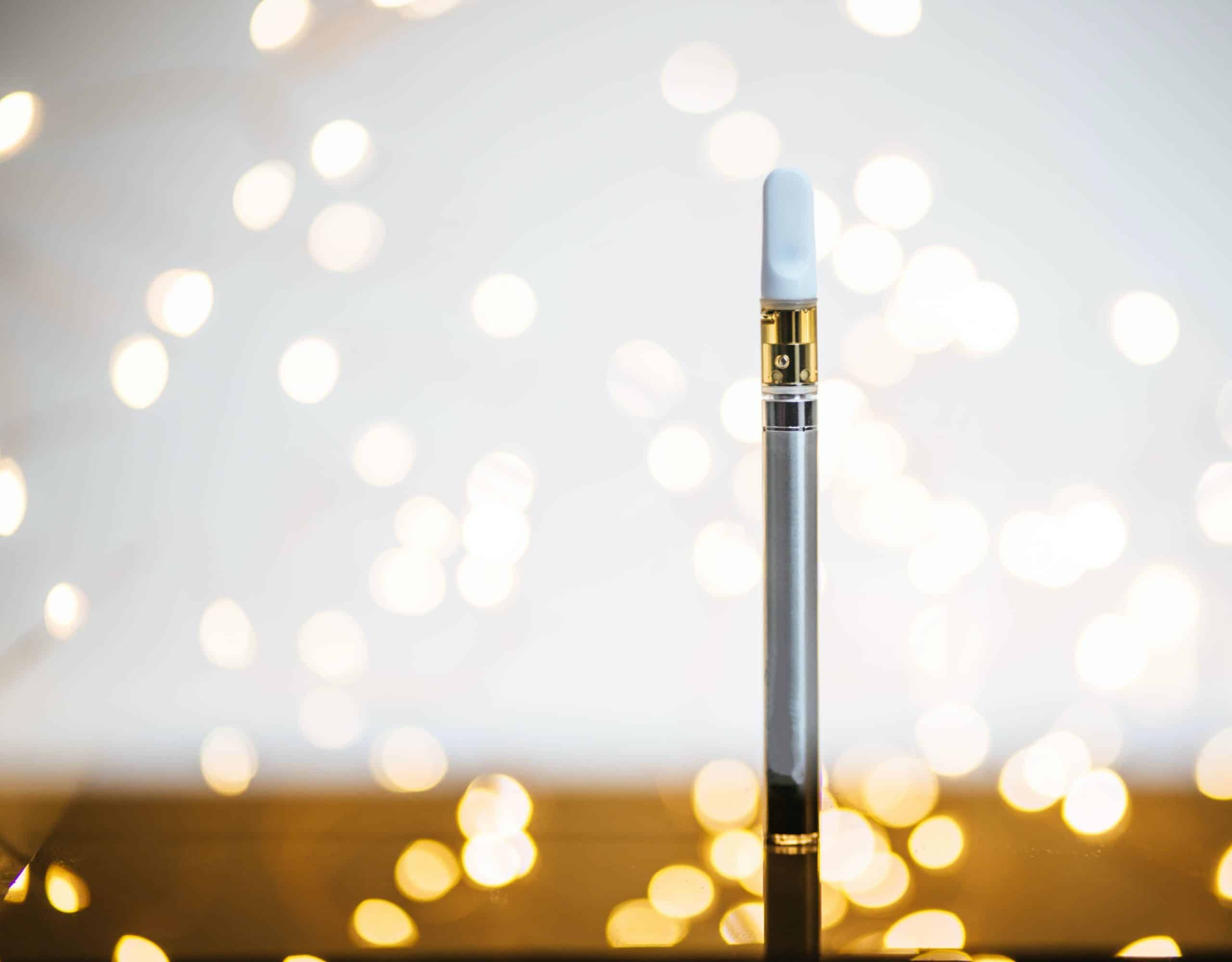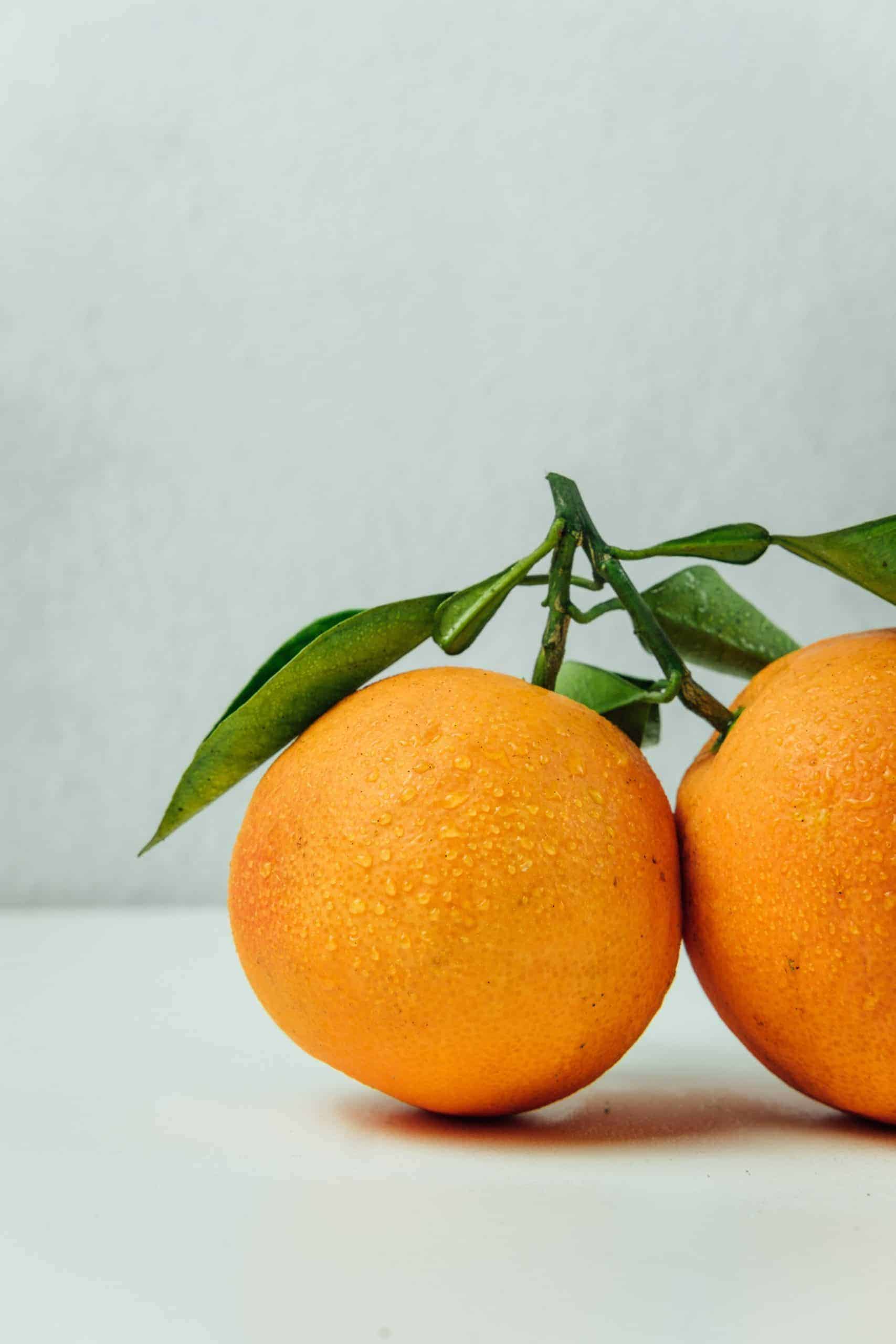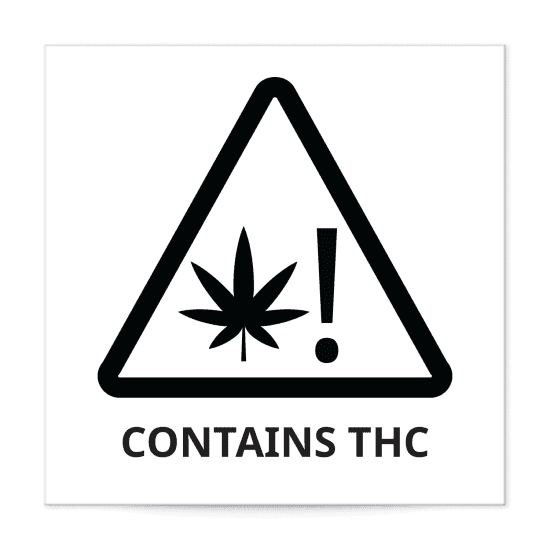Indica vs Sativa – The greatest myth ever made
The industry is still being educated on Indica vs Sativa, as the science points to no such reality – there is only the reality of active ingredients including cannabinoids and various terpenes that create desired effects including treating particular medical conditions. Nevada is probably the only state to date that got this testing and labeling formulae correct in terms of listing major and minor cannabinoids and terpenes from test results.
Simply put, here’s my concise input, for what it’s worth.
What should the limit of added terpenes be in inhalable formulations?
I would love to see the science behind this and simply put it has to be translatable to policymakers and the industry in terms that have some level of research and backing. Otherwise, it’s best to side on the conservative side for consumer safety if the research doesn’t exist. Additionally, a total cap per serving in proportion to the total cap of any particular product. This also implies a difference between medical and rec products as patients often require higher doses and potencies.
-
What about ingestible formulations?

Should exogenous terpenes be allowed? If so, should they be called out, eg. myrcene from oranges?
Probably in ingestible formulations, but I’d hesitate to allow them in vaporized form. Nowhere else has myrcene from oranges been allowed as a vaporizable product. By keeping the vaporizable terpenes cannabis-derived, not only do you keep the price of those terpenes valuable compared to other substitutes in an increasingly commoditized market, but more importantly, you provide the legal protection of the definition of marijuana under each State’s code which should help prevent product liability suits that could otherwise derive from exogenous terpenes.
-
What type of warning statements should be provided for products with high concentrations of terpenes?
“This product contains cannabis-derived terpenes in a concentration higher than naturally produced by the marijuana contained in this product. Use at your own risk. Terpenes are not tested for safety, efficacy, or long term or negative side effects.”
I think before we start to push out high concentrations of terpenes, we have to start with slowly educating regulators on the research available, change the narrative of indica vs sativa, and showcase true consumer transparency by exalting NV as an example of good testing and labeling practices that align with known effects of cannabinoid/terpene combinations.
Once this hurdle has been overcome, the conversation you all are debating can evolve. But as long as we only test and label THC:CBD for “indica/sativa” we have a long way to go.



